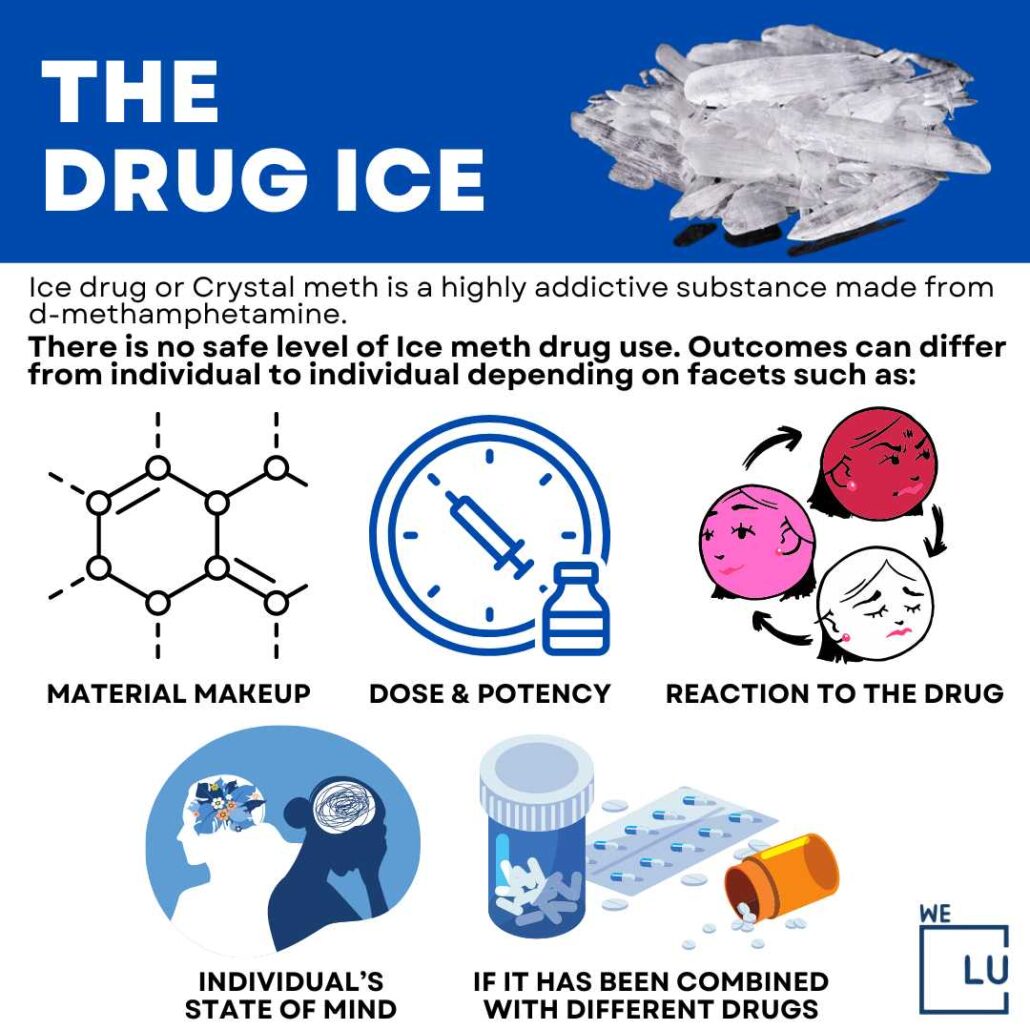Crystal meth, also known as Ice, is a highly addicting substance that is derived from d-methamphetamine. The potent drug has a significant impact on the body and mind, which leads to an increasing amount of addicts each year. In 2020, the number of individuals aged 12 or older reporting crystal meth use reached a astonishing 2.6 million. The high rates of use and the comparatively limited medical uses of this substance serve as an alarming reminder of the long-lasting adverse effects that go beyond the temporary feeling of "high."
Understanding Crystal Meth:
Crystal methamphetamine, a stimulant, affects the central nervous system and triggers an intense release of dopamine, a neurotransmitter linked to happiness and reward. Dopamine's surge causes an immediate, intense sensation of euphoria, energy, and a greater focus. However, the effects associated with crystal meth use are far not merely temporary, with long-lasting impacts that can affect multiple aspects of one's well-being and health.
Physical Impact:
Ice Drug exerts a severe toll upon the human body. The long-term use of the drug can result in extreme weight gain, dehydration, dental problems (often called "meth mouth"), skin sores, as well as an overall decrease in health. The stimulant properties of the drug boost blood pressure and heart rate, placing excessive strain over the system of cardiovascular health, which can lead to strokes, heart attacks and other life-threatening ailments.
Neurological and Mental Health Effects:
Crystal meth has catastrophic effects for the brain. It alters the brain's chemistry and structure, impairing cognitive functions, memory, and judgment. Chronic use can lead to psychosis, hallucinations and paranoia and extreme mood changes. The mental and neurological consequences can last for years after the drug has been removed from the system which makes recovery and rehabilitation a complex and challenging process.
Addiction and Social Impact:
The addictive properties of crystal meth are well-known. The drug can alter the reward system in the brain and can lead to compulsive drug seeking behavior, and a consuming desire to relapse. The grip of addiction may be consuming, tearing apart families stressing relationships and contributing to financial instability and legal issues. The social consequences on society crystal meth addiction is profound and can isolate individuals from their support networks and leaving trails of destruction in its aftershocks.
Addressing the Adverse Effects:
Understanding the long-lasting negative effects from crystal meth is essential in combating its detrimental effects. Prevention efforts that are effective should concentrate on education and awareness campaigns that target both those who are at risk as well as the wider community. Highlighting the physical, neurological and social ramifications of crystal meth use can dissuade people who might be users and motivate addicts to seek treatment.
A comprehensive addiction treatment program is essential to tackling crystal meth abuse. The use of evidence-based treatments, like cognitive-behavioral therapy and motivational interviewing help people in fighting addiction and managing the mental health problems that go with it. Collaborative approaches involving counselors, medical professionals, and support groups provide a holistic support system for recovery and relapse prevention.
Additionally harm reduction strategies should be employed to reduce the risks that are immediate with crystal meth use. This includes access to needles that are clean and safe injection sites and measures to prevent the overdose each of which could save lives and open doors to recovery.
Conclusion:
Crystal meth is a sinister substance derived from d methamphetamine has a devastating effect on the mind, body, and society. The high rates of addiction that are reported every year are a stark reminder of the enticement and devastation it brings. It is crucial to understand that the harmful effects of crystal meth extend far beyond the initial high and result in long-lasting physical, neurological, as well as social damage. Through focusing on prevention, providing an extensive addiction treatment program, and implementing harm reduction measures that society can take steps towards lessening the devastating impact of crystal meth and supporting individuals who are on the road to recovery.
Also check: Fetal alcohol syndrome face

